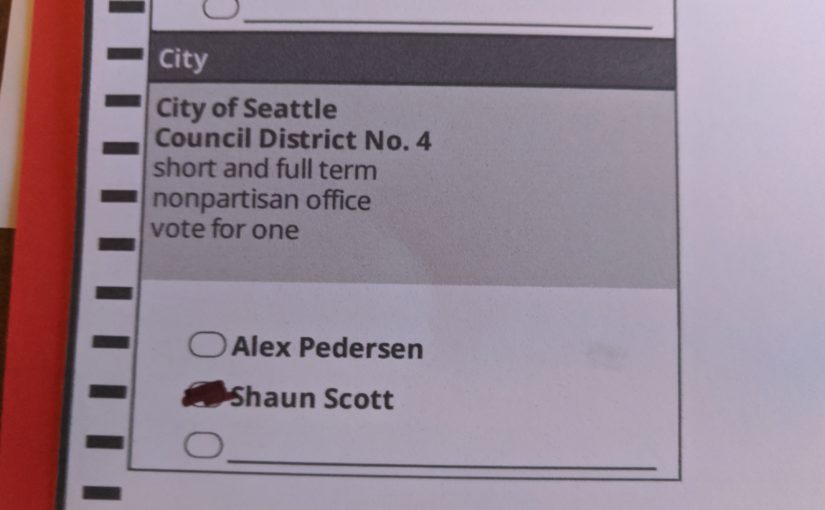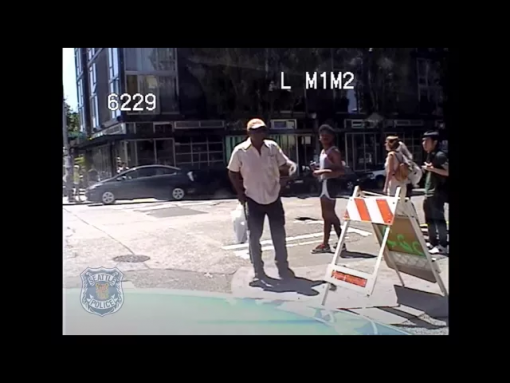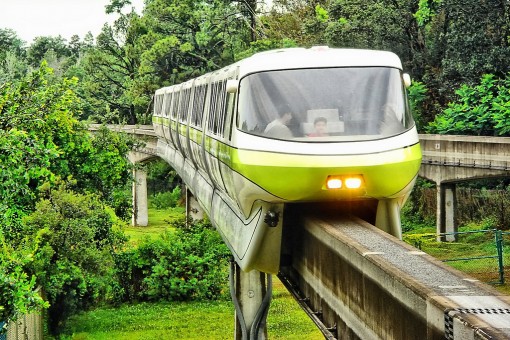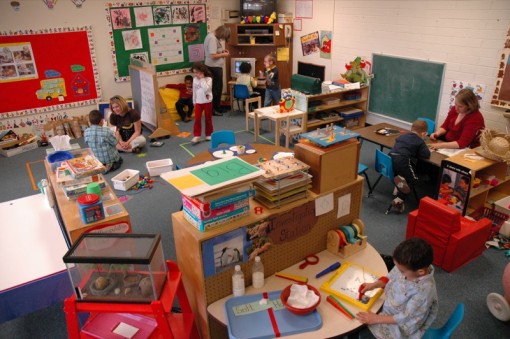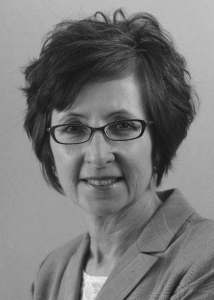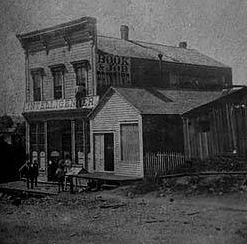Here’s how I filled out my ballot and why:
Referendum 88
Back in 1998, Tim Eyman and Ward Connerly ran an initiative, I-200, that banned affirmative action programs. It passed at the ballot box. You may know Tim Eyman’s name as a purveyor of populist but awful initiatives. Ward Connerly did the same in California. So what happens when we ban affirmative action? We get a lot of white guys. The thing is, even when we think we’re judging people on their merits, we have so many conscious and unconscious biases that we still pick white guys. That will change eventually when we have a better cultural base, but it hasn’t happened yet. So we get higher percentages of white guys in whatever we do.
So last year, a group of citizens put together an initiative to the legislature, I-1000. It essentially would overturn I-200. The legislature, seeing the effects of I-200, chose to enact it into law rather than put it on the ballot. And then a bunch of people collected enough signatures to force it to the ballot anyway. Thus we have referendum 88.
An “Approved” vote means you want Washington to allow affirmative action to counter conscious and unconscious bias. That’s what I voted.
Initiative 976
This is another Tim Eyman measure that would cut car tabs. Car tabs are a relatively regressive way to tax. We really need an income tax. However, car tabs are what we got until we are wise enough to have an income tax. And it’s how we fund a lot of road maintenance and improvements in a lot of the state, and transit improvements in our bigger cities. Without car tab fees, that goes away. We’ll have more bridges collapsing because of deferred maintenance. We’ll pull Metro buses off the busiest routes and put those riders back in cars, making traffic worse. And frankly, we need to get the fuck out of our cars soon anyway. This climate change that we all think Trump is a fuckface for ignoring? That’s caused primarily by two things: coal fired power plants and petroleum powered transportation. Seattle has very little of the former. We need to be out of cars by 2050 at the very latest. Car tab fees work as a good disincentive to using cars on one end of the problem, and fund public transportation on the other.
So fuck chair-stealing, money-thieving Tim Eyman. Fuck him right in the ear.
I voted Hell No.
Advisory Votes
As these are all advisory, they don’t really matter. I voted Maintained on every damn one of them.
Senate Joint Resolution 8200
The state government has plans for “continuity of government” in the case of a foreign attack that happens within the state of Washington. If the Russians attack Olympia, it wouldn’t be very practical to pass a law that moves the state capitol to Spokane temporarily. So we have a law that allows the governor to move the capitol in that case. The list of things that the state constitution allows for suspending normal rules in the case of foreign attack are: the seat of government; membership and quorum of the Legislature, and passage of bills; vacancies in state and county offices; and state records.
SJR 8200 adds “catastrophic incident” to “foreign attack” as an additional situation where continuity of government can happen under emergency powers. Major tsunami. Airliner crashing into the capitol building. 7.4 earthquake and no Dwayne Johnson.
I voted Approved.
King County Proposition 1
I like Medic 1 ambulances.
I voted yes.
King County Director of Elections
Julie Wise is the current director of what should be a technical, appointed office rather than elected. We were dumb enough to make this elected a few years ago. Mark Greene is a perennial candidate and is a joke. He’s illustrated his campaign web site with anime-style drawings of young women.
I voted Julie Wise.
King County Countil District 2
Both Larry Gossett and Girmay Zahilay are great people. Larry Gossett was a founder of Seattle’ Black Panther Party in the 60s, but has been on the King County Council since being elected in 1993. He’s smart, pro-social justice, pro-green new deal, and a whole lot more. However, in the few appearances I’ve seen him at tis year, he has been rambly and unfocused. Girmay Zahilay is youngish, a son of Ethopian immigrants, and grew up in South Seattle public housing. He and Larry Gossett agree on a lot. However, Zahilay will probably prioritize income inequality and young people more than Larry Gossett will. He has the fire.
I voted Girmay Zahilay. But I really like Larry Gossett too.
Port of Seattle Commissioner No. 2
I don’t have strong feelings about either candidate, Sam Cho and Grant Degginger. Cho speaks about increasing minority opportunities and has an export business. Degginger is the former mayor of Bellevue and is backed by airlines and the Seattle Times. Most Port Commissioner races are dominated by bland statements about economic growth, improving the environment, and improving the traveling experience at Seatac Airport. However, Sam Cho says the Port of Seattle needs to be active in reducing homelessness because it is a huge landowner and controls the working conditions for a large number of people. That’s a bit different. Degginger may be fine, but having the backing of airlines, an industry that tries to find 100 little ways to extract profit from its customers, is not a huge plus in my view.
I voted Sam Cho.
Port of Seattle Commissioner No. 5
Fred Felleman is a former marine biologist. Since being elected, he’s pushed environmental changes at the Port, and is a supporter of workers. He sat next to me at a couple of meetings and we’ve briefly chatted. My impression from that is he is also a hell of a nice guy and thoughtful to boot. I haven’t even bothered to look of Garth Jacobson, his general election opponent.
I voted Fred Felleman.
Seattle City Council District 4
Shaun Scott is not the person who I voted for in the primary, but he is far and away better than Alex Pedersen, and he’s grown on me since the primary. Pedersen is a real estate banker and former legislative aide to a few politicians, most recently CM and temporary mayor Tim Burgess. Pedersen is running essentially because he hated Rob Johnson, the former District 4 CM. Pedersen had a “neighborhood blog” where he railed against Johnson on both his personal style and his political positions. I like Rob Johnson. So that’s strike 1 against Pedersen.
Pedersen opposes transit projects (both ST3 and Move Seattle). He opposes bike lanes. As noted above, we have to get out of our cars by 2050 at the latest. And lots of cities are showing that pedestrian, transit and bike infrastructure makes for vibrant cities. Have you been to Copenhagen or Amsterdam? Or Stockholm? Bikes and buses and trains everywhere. It’s safe to walk. Seattle is currently reversing a downward trend in serious pedestrian involved crashes, with more people seriously injured in the first half of 2019 than in all of 2018. And if I thought, well, it can’t work in the US, New York just turned 14th Street into a busway a month ago and the results have been amazing. Remaining streets aren’t more congested, and the buses that run along 14th actually move now. Scott supports this sort of thing. Pedersen opposes it. Instead Pedersen thinks we just need to slowly start using more electric cars. I’m not opposed to electric cars, but we’re going to need a whole lot more than that. Strike 2 against Pedersen.
The biggest issue in most of the council races in terms of vitriol and media coverage is housing and homelessness. The simple calculation is that we have more people who want to live and work in Seattle than we have homes. This demand drives up housing prices and causes people to look to the burbs. We don’t have a lot of undeveloped land where we can put detached homes. We need to put more homes on the same amount of land. That means more multi-family housing. It means infill housing, which is things like small apartments, duplexes, triplexes, rowhouses and townhouses. We currently ban that sort of housing from 66% of Seattle land. We’ve blocked housing so much that a lot of census tracts in Seattle have actually seen a decrease in population since the 70s. Aging parents, smaller families, and prices high enough that only the very rich can afford detached family homes have mean that we are losing people in a lot of Seattle. Our population is growing, but it’s being crammed into our urban villages. It makes the urban villages great places to live, but it’s not enough. Paris, a city not known for skyscrapers, fits several million people in a space the size of north Seattle. Infill development means we can become like Paris. Scott supports scrapping the infill development ban. Pedersen supports preserving aging detached single family homes for rich people. Scott also wants to see the city invest in a lot more public housing. Politically, I don’t think we’re at a place where that can be the primary housing policy solution, but I think we need to be pushing that a lot more than we have been. Strike 3 for Pedersen and a huge plus for Scott.
And the last policy consideration is revenue. If you remember, last year the city passed and then quickly repealed a head/payroll tax that would have pulled money from some of our largest businesses. Kshama Sawant characterized it as “Tax Amazon” which I think was a mistake since the people who want to punish Amazon are a distinct (though vocal) minority in Seattle. We need more revenue to pay for transit and housing. We need to make it as progressive as we can within the limitations the state puts on us. It’s going to mean something that impacts business and/or rich people. Amazon, Tim Burgess, and the Seattle Chamber of Commerce are investing heavily in Pedersen to keep that from happening. Hundreds of thousands of dollars in “independent expenditures”. It’s a smart move on their part but I want to see us expand helping the poor and not rich. Scott will take from the rich and give to the poor. Pedersen will take from the poor and give to the rich. Strike 4 against Pedersen.
And in terms of their personal ethics, I have to side strongly in favor of Shaun Scott. Exhibit 1 is that at a candidate forum last month he made a flippant comment about bus routes changing in 1998 because someone drove a bus off the Aurora Bridge. In reality, someone boarded the bus, shot the driver, and it went off the side of the bridge killing several people and injuring a lot of others. I’d just moved back to Seattle at the time and remember this incident as a sad and scary time for bus riders. So I wrote that on Twitter and tagged Shaun Scott. No outrage. Just a reminder that this was a murder. I saw someone else write similar without tagging him but with a lot of personal venom, and I wanted to give Scott an opening that wasn’t coming from a place of personal venom. Here’s how Scott responded: He apologized. In a heartfelt way. I wrote my tweet in the late evening. Scott didn’t just give a small apology and move on. He waited until the next day when more eyes were looking at it and posted then. He’s a decent person who listens to others. Additionally, as I’ve attended and given public comment at city council over the last year, Shaun Scott has been in the audience listening. He’s showed up to Fridays for Future events just to support the students demonstrating. He’s been tirelessly appearing at candidate events, even ones that don’t have many people (I chatted with him at a Welcoming Wallingford picnic where there might have been 25-30 attendees total) or where people are actively hostile to him (e.g., he appeared at a SPOG/Safe Seattle candidate event to say he thinks the current SPOG contract sucks on accountability, which it does). Alex Pederson doesn’t show up if the forum doesn’t seem conducive. He’s skipped transit oriented candidate events. He’s skipped housing related events. Hasn’t even had someone go in his place. When he canvasses a house, if the person says they are pro-transit, then he walks away telling them that he’s not the candidate for them. Pedersen isn’t an asshole, nor is he a Safe Seattle ship the homeless to an island where they can’t get off type, but he is relying on playing to his homeowner base and Chamber of Commerce funded mailers. Scott is doing this with much more grassroots interaction.
I voted Scott.
Seattle School District Position No. 1
I didn’t know enough to feel comfortable voting for either.
Seattle School District Position No. 3
My knowledge of the two candidates is primarily limited to seeing them at the 43rd Democrats endorsement meeting in June. The candidates only had a couple of minutes to pitch, but Muñiz had a focus on racial equity that impressed me.
I voted Muñiz.
Seattle School District Position No. 6
I didn’t know enough to feel comfortable voting for either.
